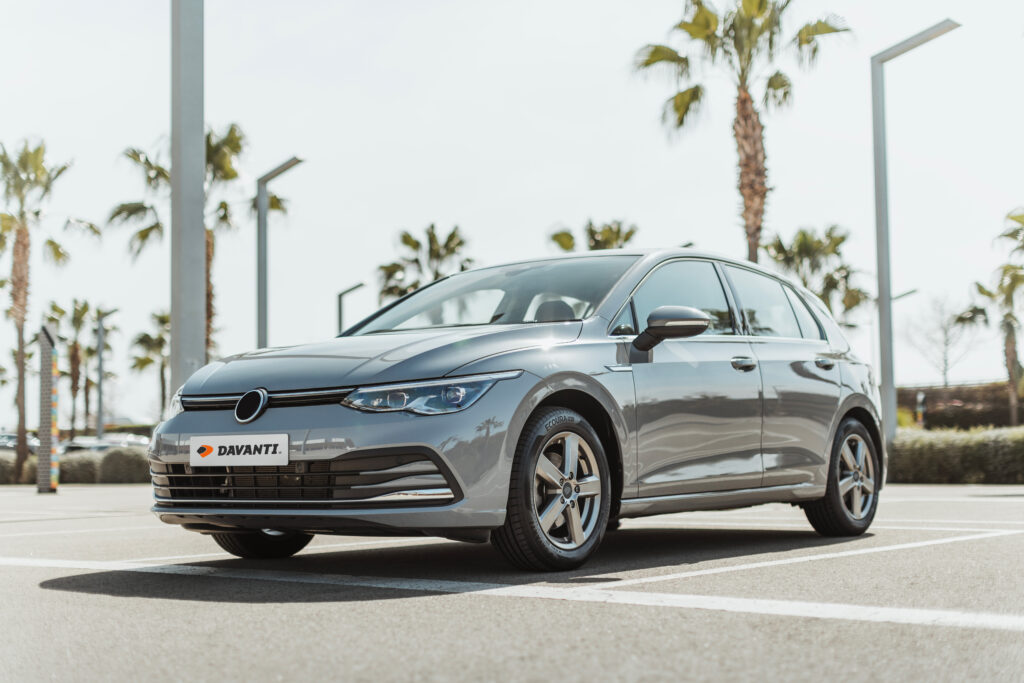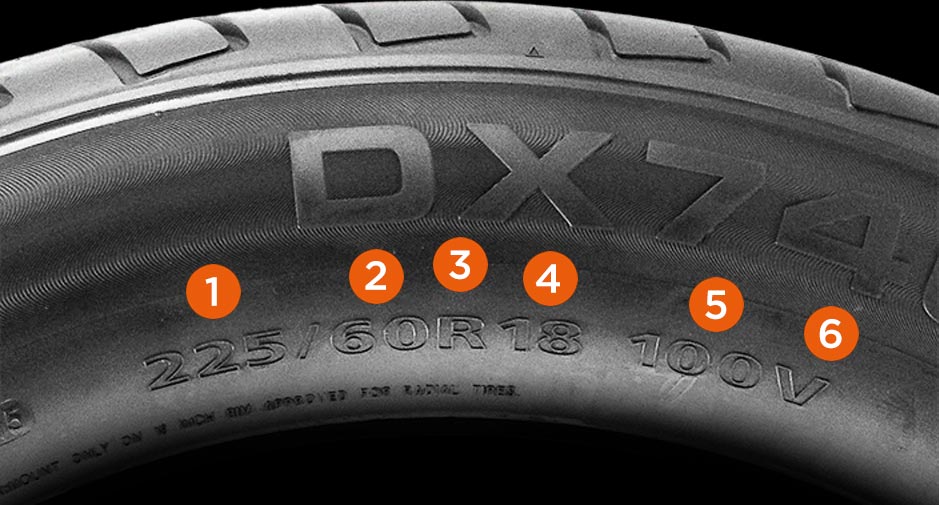
Different types of winter tyres
Tuesday 26th November 2024The world of winter tyres may be intimidating for the first-time buyer, with a range of products now available on the market and the average driver knowing very little of the benefits. So to clear things up, we have written a guide on the different types of winter tyres to help you make the right choice this winter.
Why should I switch from my summer tyres?
For most people outside countries with enforced restrictions on seasonal tyres, it may never cross their mind to change tyres throughout the year.
However, winter tyres can still provide many benefits over conventional tyres. In temperate climates such as the United Kingdom, which does not experience as much snow, winter tyres can still provide increased flexibility and traction in the cold, and superior performance in the wet, which reduces the risk of aqua/hydroplaning.
So what are the types of tyres that are on the market and how do they differ from each other?
Winter Tyres

Winter tyres are ideal for use in moderate to cold weather as they are designed to maintain their performance in low temperatures. In comparison to regular summer tyres, they provide better grip and shorter braking times in wet, snowy, and icy conditions. Therefore, it is recommended to use winter tyres during such weather conditions for optimal performance and safety.
It may be assumed that the tyres are unnecessary in countries that don’t encounter heavy snowfall. However, this is not true, as they offer many advantages over summer in cold and wet conditions.
They do this with a unique tread design that includes a greater amount of sipes, improving the grip in snow. These sipes work together with large grooves designed to disperse water and slushy snow out of the tread to prevent hydroplaning/aquaplaning in wet conditions.
The rubber compound is also different – it has flexibility in temperatures below seven degrees Celsius, offering an edge over summer tyres, which harden in the cold, impacting traction and performance overall.
Winter tyres are superior in the cold, with no compromise on safety in unexpected conditions. However, these benefits do not transition into the summer months, so it is highly recommended that you swap them out once the temperature is consistently above seven degrees Celsius.
Studded tyres

A studded tyre is a type of winter tyre with small metal studs embedded into the tread. These studs are made from a hard metal designed to improve your traction on icy or very slippery roads. The metal studs stick out of the tyre, embedding into the road as you drive.
Studded tyres function almost the same as winter tyres, albeit with the increased safety of the studs, but should only be considered in more extreme winter environments.
Before purchasing a set of studded tyres, it is essential to check your country’s laws to ensure the legality of their use. The studs increase the strain and impact your vehicle has on the roads, and may wear away the surface over time.
It is also worth noting that studs are inserted into the tyre after its creation. If they wear out or are lost, it is usually possible to replace them, eliminating the need for a new set of tyres.
All-season tyres

While all-season tyres aren’t necessarily winter tyres, they offer similar advantages by blending features from both winter and conventional summer tyres. This creates a tyre that meets all legal requirements for winter conditions, ensuring consistency in safety, traction, and control throughout the year.
While not a direct replacement for winter tyres, which still outperform all-season tyres, all-season tyres are a great alternative for those who do not have the space or the time to swap tyres throughout the year.
All-season tyres offer a distinctive tread that blends the features of both summer and winter tyres. Sipes and larger grooves on the sidewall help disperse water to reduce the threat of aquaplaning, and the rubber compound does not reduce its flexibility in temperatures under seven degrees Celsius.
All-terrain tyres

While not specially designed with winter in mind, it is becoming increasingly common for all-terrain tyres to be 3PMSF certified, making them legal for winter driving. This means they have been tested and approved by the EU for use in the same conditions as a standard winter or all-season tyre.
While all-terrain tyres offer versatility, you must choose your tyres based on your specific driving requirements. For example, all-terrain tyres are built for off-road driving.
How can I tell if my tyres are certified for the winter?

The 3PMSF certification is a good indicator for consumers. It shows that the tyre has been through the rigorous testing that is required by the EU for winter performance. These tests check the tyre’s control, safety and overall ability when in cold temperatures. You can identify a winter tyre by looking for the 3PMSF symbol on your tyres, typically matched up with M+S (Mud and Snow) markings.
If you want to learn more about 3PMSF we go further into this in our article What does 3PMSF mean? and ways to identify it on our existing tyres.
In summary, winter tyres are hugely beneficial and an essential safety measure for peace of mind when driving in the winter months. It is always important to choose a tyre based on your requirements and vehicle specifications, so be sure to reach out to your local Davanti dealer and tyre expert, who will be able to support you further. Find your nearest dealer using our handy dealer Locator.
If you are interested in learning more about our 3PMSF certified range, check out our blog to get out there this winter with our 3PMSF range for a breakdown of our range, or go straight to our 3PMSF product page to check our range as well as available sizes.



